Maritime archaeologists said Friday they have begun excavating the wreck of a Dutch ship that sank off the English coast in 1740, recovering leather shoes, silver and the bones of its lost crew.
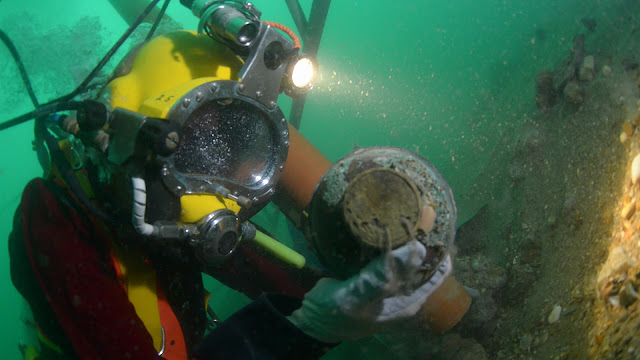
A diver works on the wreck of the Rooswijk, a Dutch East India Company ship which sank in 1740, on the sea bed off the coast of Ramsgate, southeast England [Credit: Historic England via AFP]
The Rooswijk, a Dutch East India Company ship, was on its way to what is now Jakarta when it went down with around 300 people and a large cargo of silver ingots and coinage aboard.
Chị em ngồi văn phòng nhiều cứ món này mà dùng, 1 tháng hạ 10kgSlim Liuly
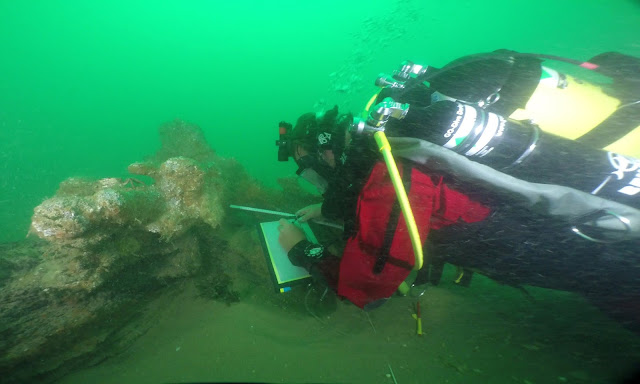
Chị em ngồi văn phòng nhiều cứ món này mà dùng, 1 tháng hạ 10kgSlim Liuly
Diver records measurements of Rooswijk wreck [Credit: Cultural Heritage Agency of the Netherlands]
Following its discovery in 2005, most of the precious goods were removed, but a full excavation is now underway due to concerns it could be destroyed by shifting sands and currents.
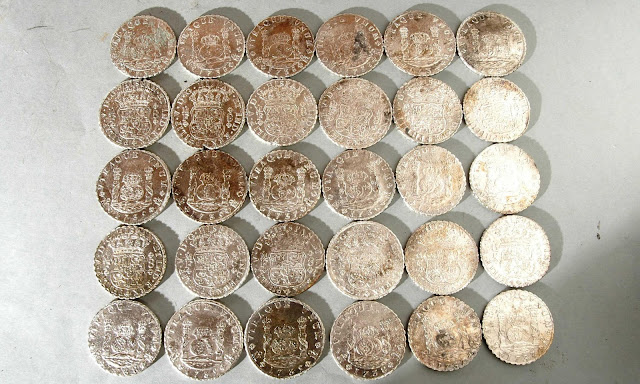
Coins recovered from Rooswijk wreck in 2005 [Credit: Zeeuws maritiem muZEEum]
Remains of some of the sailors who perished have been found preserved on the seabed 26 metres (85 feet) down, along with more coins, leather shoes, an oil lamp, glass bottles, pewter jugs and spoons and ornately carved knife handles.
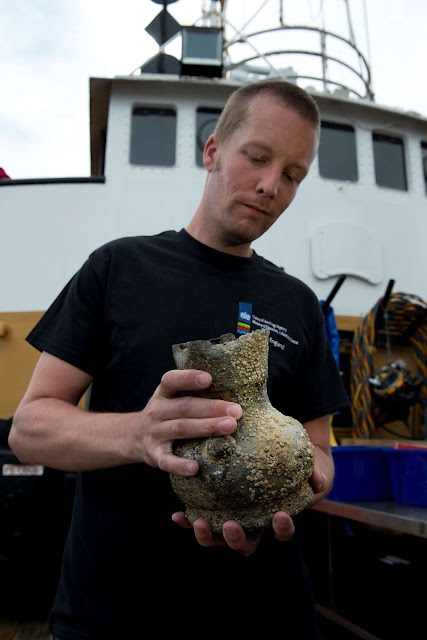
Maritime archaeologist Thijs Coenen with a pewter jug he recovered from the Rooswijk[Credit: The Rooswijk 1740 Project, Historic England]
“It’s a snapshot of a moment in time,” said Alison James, a maritime archaeologist at the Historic England cultural agency, while one her colleagues said it was like “an underwater Pompeii”.
Chị em ngồi văn phòng nhiều cứ món này mà dùng, 1 tháng hạ 10kgSlim Liuly
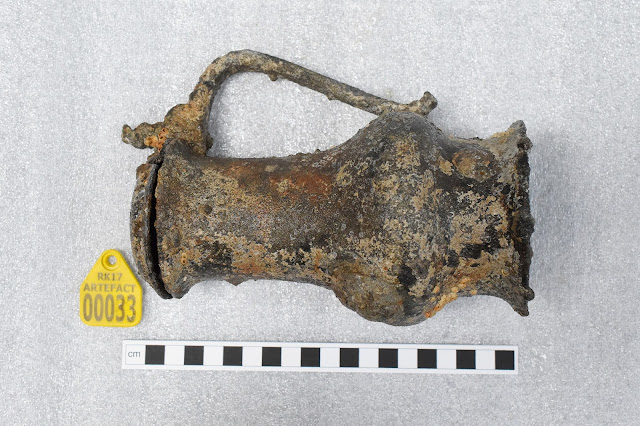
Pewter tankard found in Rooswijk wreck [Credit: Historic England]
The items brought ashore for conservation also include wooden seaman’s chests which will be x-rayed to see if they are contain cargo or personal possessions.

Musket balls from Rooswijk [Credit: Lauren Hurley/PA Images]
James told AFP it was a remarkable site: “It’s incredibly well-preserved, it’s a very early wreck and there’s a lot of material on the seabed.”
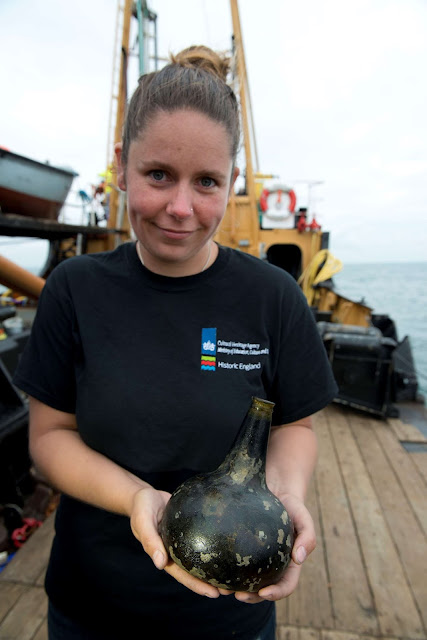
Maritime archaeologist Liselore An Muis holding a glass brandy bottle recoveredfrom the Rooswijk [Credit: The Rooswijk 1740 Project, Historic England]
The wreck is under the legal protection and management of the British government, although the excavation is led and financed by the Dutch government, which also owns any finds.
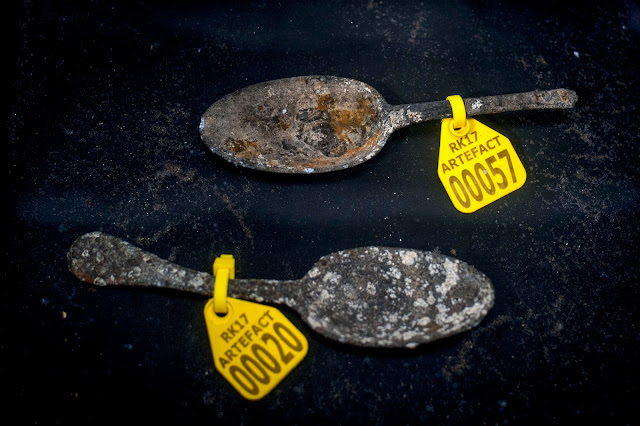
Pewter spoons from Rooswijk [Credit: Lauren Hurley/PA Images]
The project is the largest of its scale on a ship from the Dutch East India Company, which lost a total of 250 vessels to shipwreck — of which only a third have been located.





